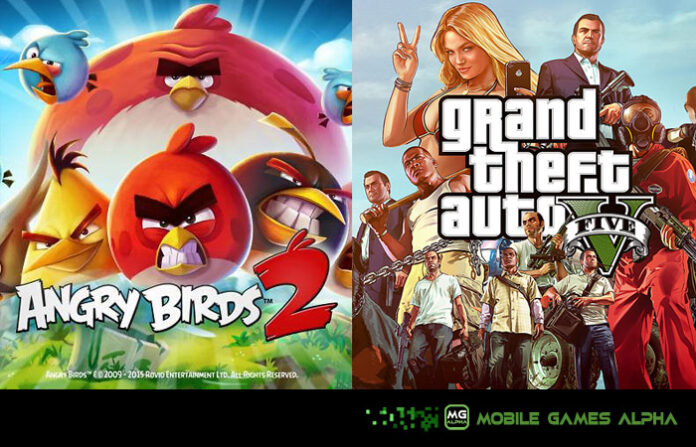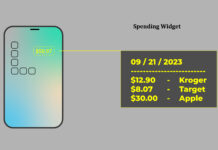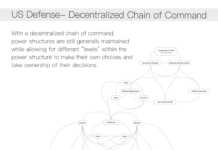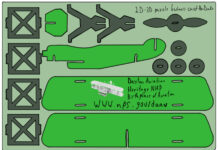Introduction:
As mobile gaming continues its impressive march toward becoming a $200 billion-dollar industry, companies playing in this space are launching products that aim to maximize profit and capitalize on new opportunities while also striving to meet consumer demand. This has led to the emergence of three distinct genres in mobile gaming; two at polar opposites, and one flirting with building a niche in the middle, but which is the best revenue model? Let’s take a look.
Three genres of mobile gaming: Hardcore, Midcore and Casual
In terms of game design, Hardcore games can be considered the highest benchmark on the quality vs quantity scale. These are immersive games that design studios usually pump millions of dollars into developing and marketing. They are often ports from PC or console titles (think Grand Theft Auto or Diablo), and compel continued gamer engagement through competitive multi-player challenges (like Fortnite and PUBG). Monetization primarily comes through in-app-purchases (IAP).
On the opposite end we have Casual games which are extremely lightweight files in comparison to their Hardcore counterparts. These apps download quickly and don’t require much from the user other than install and play. The interface for these games is usually graphically minimalistic with interactions dependant on existing gamer instinct rather than challenging the player to learn anything new (good examples are classic titles like Candy Crush or Angry Birds). The most common revenue model for this genre is in-game-ads.
In between these two we have Midcore, which as you’ve probably guessed, is a blend of characteristics from the previously mentioned genres. Quality-wise, Midcore is much closer to Hardcore providing better graphics and more immersive game play than a typical Casual game. Like Hardcore, it includes categories like RPG (Role Playing Game) and MOBA (Multiplayer Online Battle Arena), as well simpler categories from Casual like puzzles and card games. Like Hardcore, it also engages in competitive eSports tournaments and provides attractive player prize pools. However, it shows its influence from Casual by providing slightly less challenging game play and shorter paths to gamer reward. Continuing with the theme of blended models, Midcore uses a combination of in-game-ads and IAPs to generate revenue.
SO WHICH IS THE BEST BUSINESS MODEL?
Personal Reflection:
Rather than simply dividing mobile and console games by game platform, the authors distinguish the three types of games by the difference in game design purpose: hard core, mid core and casual. The arguments provided in this article are supported by data. The analysis in the article is objective and highly consistent with the current state of the game market; hardcore and casual offer two very different approaches to the market: quality vs. quantity. For casual games, the focus of the game release cycle is to get a low-end product out as soon as possible with minimal investment. Most of these games are developed in less than 2 months and are abandoned within weeks if the first day retention rate is not up to par. The authors analyze the pros and cons of both casual and hardcore games. At the end of the article, the authors re-emphasize the concept of “Midcore” and promote their company’s design philosophy.
Reference:
Donnelley, J. (2019, May 17). Quantity vs quality – which model works best for mobile gaming? Mobile Games Alpha. Retrieved January 23, 2023, from https://mobilegamesalpha.com/quantity-vs-quality-which-model-works-best-for-mobile-gaming/




